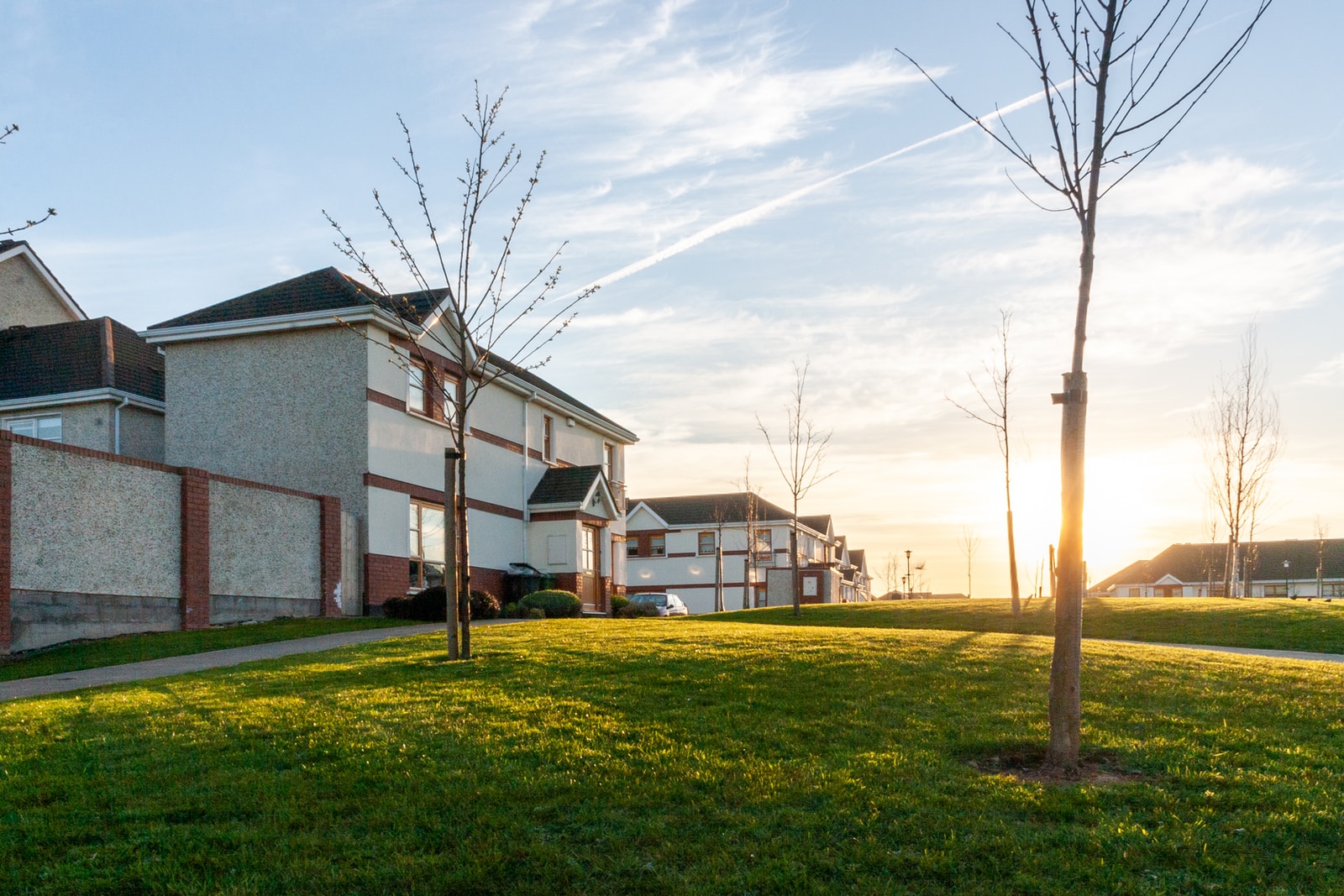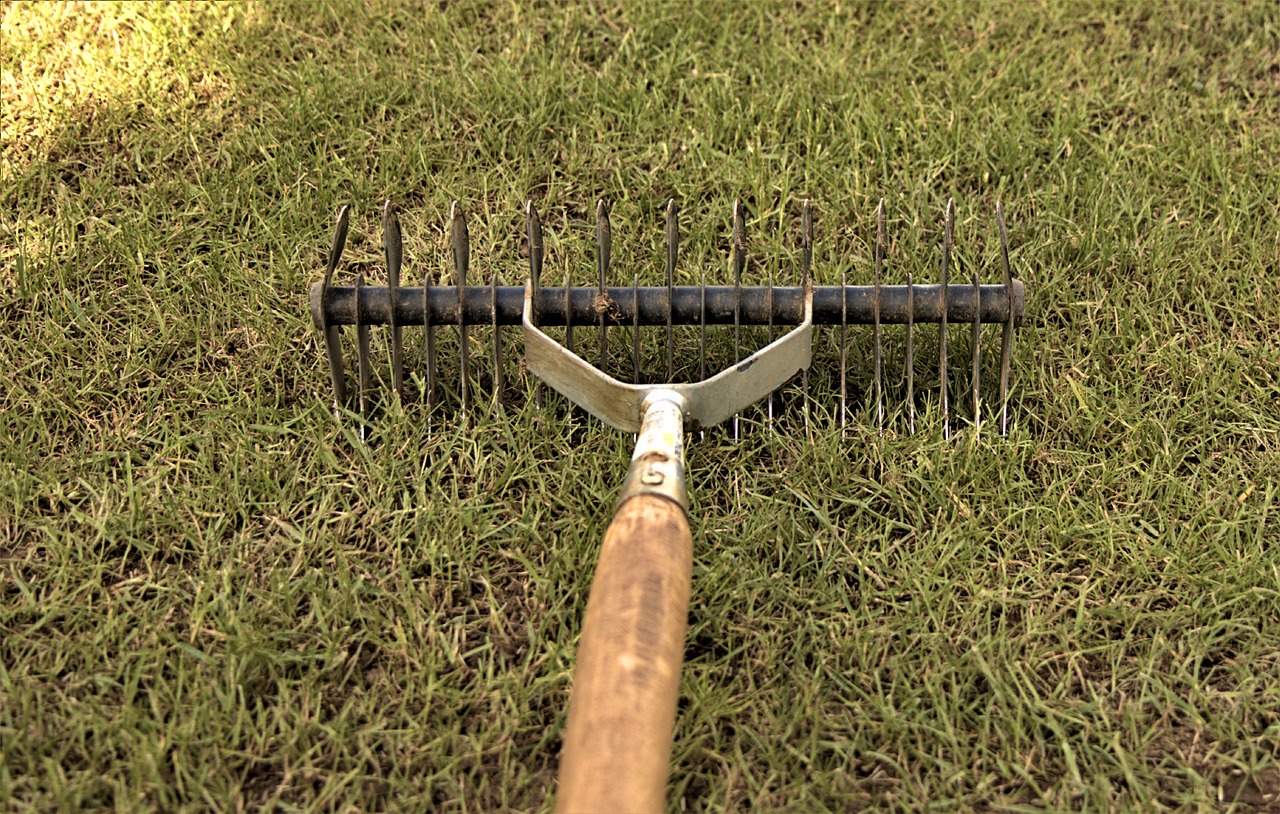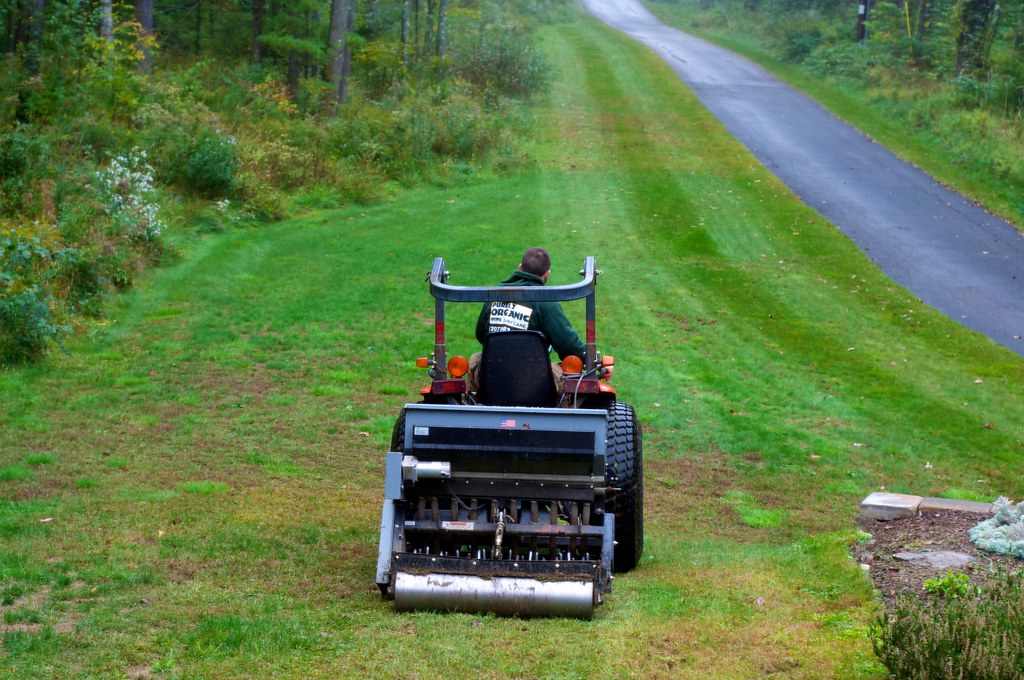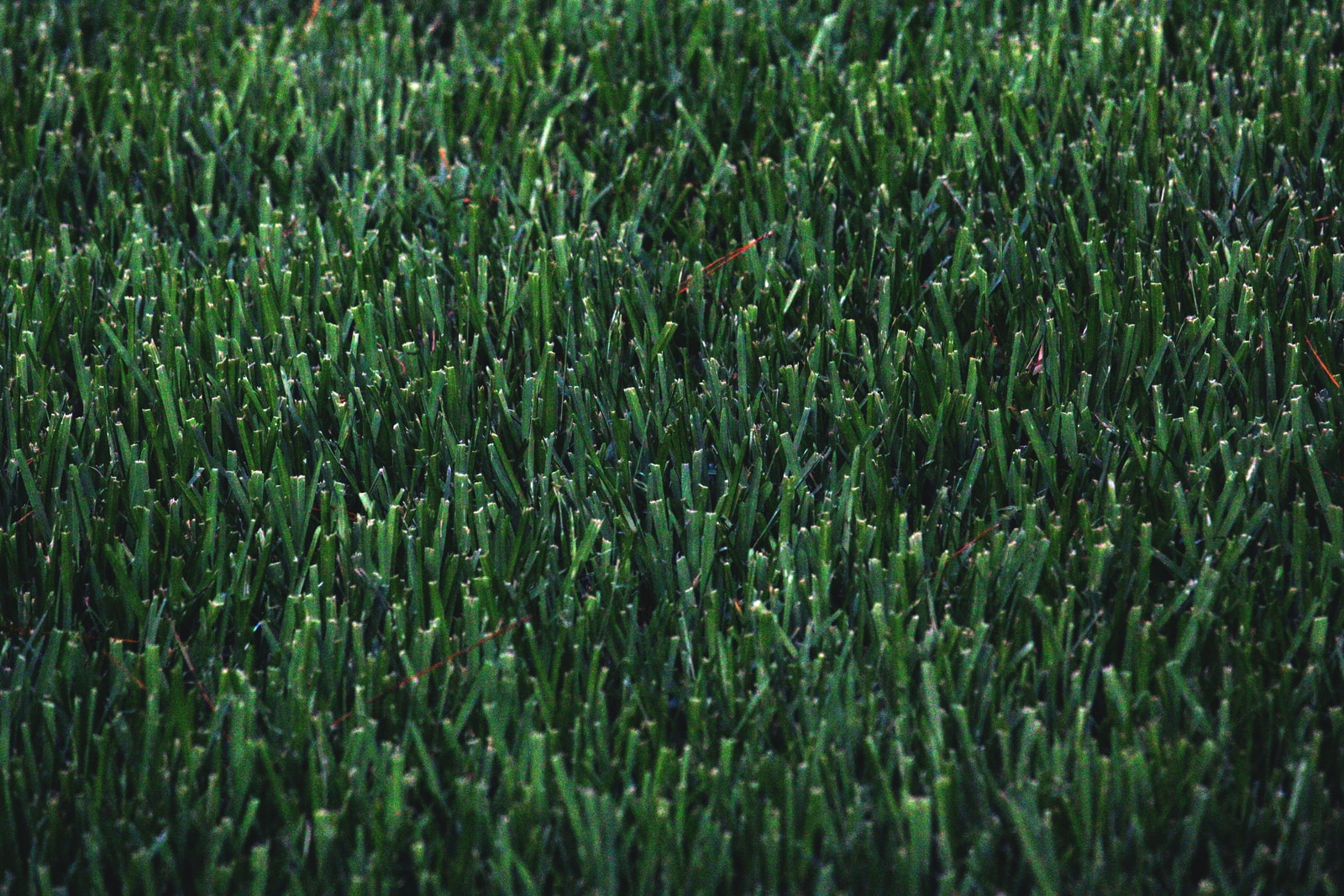Before putting new seeds in the soil, you should use a tiller to allow essential nutrients to reach your plants and to guarantee that the soil is in the best possible condition for plant growth. It is keeping in mind that one should only use a tiller in the fall or spring. Dealing with thatch and compacted soil is a necessary part of providing much-needed lawn aeration for your grass. Thatch is the loose, organic layer of dead and living material in the grass that develops between the green plant zone and the soil surface: shoots, stems, and roots. When turf creates organic garbage quicker than it can be broken down, thatch builds up. Thatch isn’t always a terrible thing. In lawns, a thin coating of thatch acts as insulation against severe temperatures and soil moisture swings. However, more than an inch of thatch can cause issues. Too much thatch can trap a lot of water, reducing the amount of oxygen that reaches the soil.
Types of Aerators
They are classified into two categories based on their mechanism and how they operate-
1. Spike Aerator
2. Plug Aerator
Table of Contents
When To Use An Aerator?
Another point to consider before using a tiller is that the soil should not be damp. One way to inspect your soil before using a tiller is to grab a handful of soil in your hand and squeeze it tightly; if no moisture appears, you’re fine to go. As the name implies, an aerator is a device used to supply oxygen to the soil and keep it aerated. For optimal growth, plants require both water and air. Similar to tilling, aerating your soil in the fall and spring would lead to better results. One should aerate the soil after your seeds grow and notice that the grass is dull and unhealthy. However, if it is greeny and healthy, you don’t need to aerate the soil.
How to Aerate?
A grass core aerator can be rented from a big-box retailer or a rental facility. Renting rather than buying an aerator makes more financial sense because you should not need to aerate your grass very often. If your grass is in good shape and you don’t notice any problems, you can aerate every two to three years. Annual aeration may be required in high-traffic areas or if your grass develops in thick clay soil. This lawn aeration machine pulls soil plugs, or “cores” (as the name implies), out of the ground, allowing air to circulate. The depth of these plugs should be two to three inches. Every three inches, a plug like this should be removed from the lawn.
The Advantages of Lawn Aeration
Aeration is especially beneficial for lawns with a lot of foot traffic. The earth becomes more compacted as a lawn is used more frequently. This reduces the amount of space in the soil that would usually hold air. Compaction can stifle root growth by restricting the movement of air through the soil. To grow and absorb water and nutrients, roots require oxygen from the perspective.
The Benefits of Aeration for Your Lawn–
1. Aeration improves the circulation of oxygen, water, and nutrients through the soil.
2. Aeration strengthens the roots.
3. Rainfall and irrigation are better absorbed with aeration.
4. Aeration prevents the buildup of thatch.
Additional Indicators of Aeration
1. Your grass is put to a lot of use regularly.
2. Your grass has more than a half-inch of thatch.
3. You have dense clay soil.
If your grass is not susceptible to soil compaction, it will likely grow normally without aeration. Earthworm activity and winter freeze-thaw cycles are two natural forces that remove compacted soil. During the first year after your grass has been seeded or sodded, do not aerate it.
Before Aerating Your Lawn, Here’s What You Should Do
1. Before watering and aerating your grass, mow it.
2. Two days before aeration, make sure your lawn is well watered. The tines on the aeration machine are more effective at penetrating loose soil than penetrating dry dirt. The tines will have difficulty successfully piercing the ground if the soil is too dry.
3. After a period of heavy rain, avoid aerating quickly. If the soil is excessively damp, it will adhere to the inside of the tines rather than falling back into the lawn.
4. While aerating, make a note of sprinkler heads, cables, septic lines, and other obstacles.
5. Plan to walk across your lawn in at least two directions. This ensures a more equal and comprehensive coverage.
After Aerating Your Lawn, What Should You Do?
After aeration, lawn care is crucial. Fortunately, it’s a simple process. Allow the soil plugs to disintegrate and filter back into the holes created by the aeration machine on the grass. Within two to three weeks, your lawnmower will usually break them up and help work them back into the soil. To get nutrients into your grassroots, use fertilizer right after aerating your lawn. This allows the grass to prepare for the summer heat. Having a lush, healthy lawn also helps to keep weeds at bay. Re-seed your lawn, particularly in areas where the grass is thinning. Seeds mix well with soil plugs and have easier access to uncompacted soil.
Overseed and fertilize after aeration.
Your grass is ready for overseeding and fertilizer right after aeration. Seeds have good soil exposure, and fertilizer is delivered directly to the roots of your grass through the holes. Mixing grass seed with Milorganite is an efficient approach to distribute the source evenly. By weight, combine four parts Milorganite with 1 part seed. If you opt to combine Milorganite with seed, be sure to reduce subsequent Milorganite applications to avoid overfertilization.
It would be best if you Avoided These 7 Aeration and Overseeding Mistakes
1. You do not select the appropriate equipment.
2. You don’t know how to utilize your aeration machine and injure your turf inadvertently.
3. You aerate and overseed at the incorrect time of year.
4. In dry weather, you aerate and overseed.
5. After aerating and overseeding, you don’t maintain your lawn moistly.
6. You mow your lawn too soon.
7. You’re fighting weeds too soon.
Conclusion
Aeration is a vital aspect of maintaining a healthy and attractive lawn. Make sure it gets done, whether you do it yourself or pay a professional. Remember that good thing takes time. Your grass is included in this. Be patient once your lawn has been aerated. It’s unlikely that you’ll see immediate benefits. While root growth and general grass health increase immediately after aeration, visible improvements typically take two or three aerations to see.




